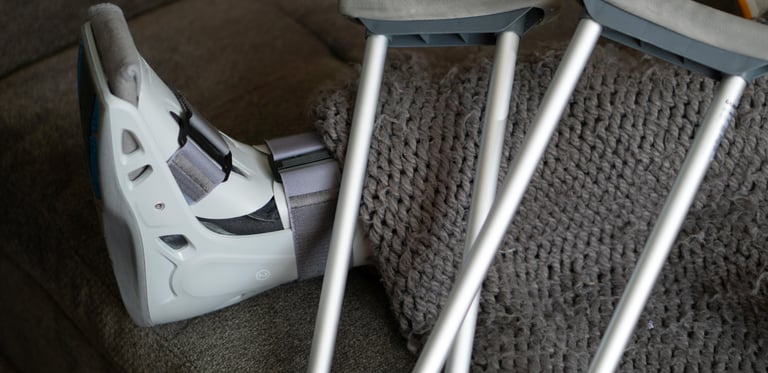Post-Operative Recovery: How In-Home Physical Therapy Helps You Heal Faster


By Dr. Ryan Koelling, DPT


Post-Operative Recovery: How In-Home Physical Therapy Helps You Heal Faster
8/26/25 | 3 min read
💭 Key Insights
Guided physical therapy after surgery speeds recovery and reduces the risk of long-term complications.
In-home PT provides convenience, safety, and comfort during the healing process.
Therapy focuses on pain management, restoring mobility, strengthening, and ensuring a safe home environment.
Medicare Part B often covers in-home physical therapy when medically necessary.
After surgery, recovery doesn’t end when you leave the hospital. Many patients face pain, stiffness, weakness, or difficulty with daily activities — challenges that can delay healing if left unaddressed. Post-operative physical therapy is a critical part of recovery, helping patients manage discomfort, regain mobility, rebuild strength, and restore independence. For many, receiving this care in the comfort of home makes the process easier, safer, and more effective.
Challenges After Surgery
Patients commonly experience:
Pain and swelling around the surgical site
Stiffness or reduced range of motion
Muscle weakness from limited use
Difficulty walking or performing daily tasks
Fear of re-injury leading to hesitation in movement
1. Convenience and Comfort
Therapy is delivered in your own home, avoiding the stress of traveling while in pain or under movement restrictions.
Common Surgeries That Benefit from In-Home PT
Total Knee Replacement (TKR)
Total Hip Replacement (THR)
Shoulder Surgery (rotator cuff, labrum, replacement)
Spinal Surgery (fusion, laminectomy, discectomy)
Fracture Repairs (ankle, wrist, femur, etc.)
(AAOS)
Coverage Through Medicare Part B
Most seniors in Colorado qualify for Medicare Part B coverage of in-home physical therapy if it is medically necessary and ordered by a physician. This makes recovery at home not only more comfortable but also affordable. (Medicare.gov)
Key Takeaway
Recovering from surgery doesn’t have to mean exhausting trips to a clinic. In-home physical therapy brings expert guidance, personalized care, and safety directly into your living room. With Medicare Part B coverage, you can focus fully on healing while therapy comes to you.
Without structured rehabilitation, these issues can slow recovery and impact long-term outcomes.
Benefits of In-Home PT After Surgery
2. Pain Management & Swelling Reduction
Gentle exercises, manual techniques, and positioning strategies help manage discomfort and reduce swelling.
3. Restoring Mobility
Progressive stretching and movement training target flexibility and joint range of motion.
4. Strengthening & Gait Training
Therapists design strengthening programs and provide safe walking instruction using canes, walkers, or crutches as needed.
5. Home Safety Modifications
6. Personalized Recovery Timeline
A therapist can identify and address home hazards (e.g., loose rugs, stairs, furniture placement) to prevent falls.
Rehab is tailored to each surgery and patient, following the surgeon’s protocol while adjusting to individual progress.
Want to learn how physical therapy can help in your recovery? Click below to call or submit an inquiry.


Dr. Ryan Koelling, DPT, is a licensed physical therapist based in Colorado with a background in orthopedics, neurological rehabilitation, and geriatric care. Beyond patient treatment, Ryan is a driven entrepreneur who continually researches emerging technologies, evidence-based practices, and new rehabilitation techniques to stay at the forefront of the physical therapy field. He is passionate about advancing the profession, improving patient outcomes, and sharing insights that empower both clinicians and the community. Ryan offers practical perspectives that reflect his commitment to lifelong learning and leadership within the industry.
Dr. Ryan Koelling, DPT
Mobile & Outpatient Therapy Specialist | Innovator in Rehabilitation and Patient-Centered Care
